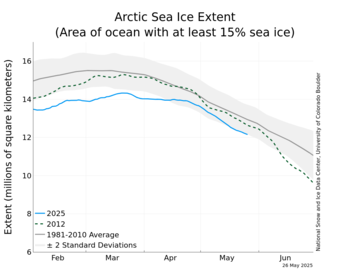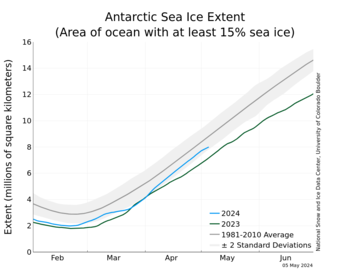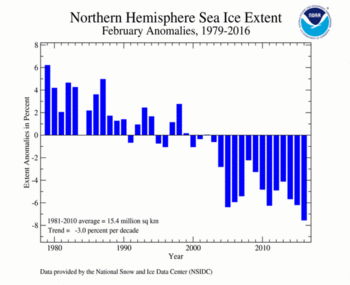elektra
Platinum Member
- Thread starter
- #21
That website has been proven to be filthy liars, just like you old crock. According to the colored picture, if we add the margin of error, sea ice is not at a record low.

Arctic Sea Ice News and Analysis | Sea ice data updated daily with one-day lag
LOL There you go, Ms. Elektra
